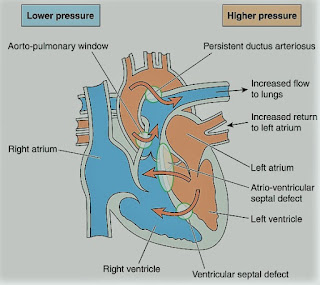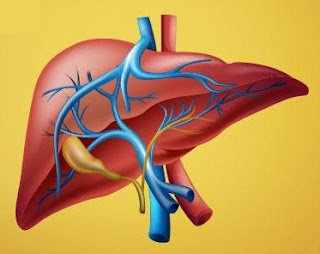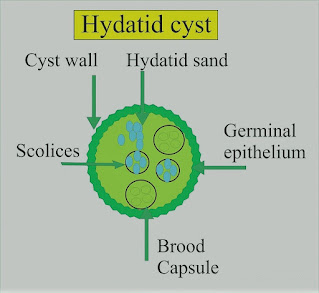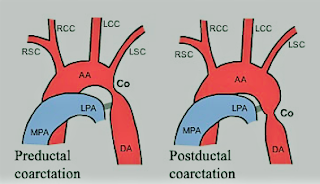Post-Tonsillectomy Bleeding
Incidence and Initial Management:
-The incidence of post-tonsillectomy bleeding ranges from 2% to 4%. It is more common in teenagers and young adults than in small children. The vast majority of postoperative bleeding occurs between days 5 and 10 when the eschar separates from the tonsil beds. In rare cases, bleeding may occur in the immediate postoperative period.
-Initial management is tailored to the degree of bleeding. The clot in the tonsillar bed should be suctioned, as spontaneous hemostasis is rare with the clot in place.
-Minimal bleeding may resolve with an ice water gargle or hydrogen peroxide gargle, and older children may tolerate the application of a cautery stick with silver nitrate while awake.
-Administration of antifibrinolytics as tranexamic acid.
-Significant bleeding in a young child, however, typically involves a return to the operating room for a thorough examination of the pharynx and electrocautery hemostasis.
Preoperative Assessment and Optimization:
1-Airway Assessment:
-Although it may be difficult to assess the airway in-depth in an agitated child, observation of the external anatomy and information about airway management from the prior anesthetic should provide sufficient information.
-Even though airway management was uncomplicated previously, it may be more difficult at this time because of postoperative edema and blood-obscuring visualization of the larynx.
2-Intravascular Volume Status:
-It is possible to underestimate the degree of blood loss, since much of it may have been swallowed. Heart rate, blood pressure, and, if possible, orthostatic testing will provide information regarding volume status and guide volume resuscitation.
-Assessing for the presence of tears, moist mucus membranes, skin turgor, and urine output will be helpful as well.
-Adequate IV access, with a large-bore intravenous catheter, should be obtained, if not already present.
-Intraosseous access should be entertained in the hypovolemic, hypotensive patient if IV access cannot be obtained in a timely fashion.
-Volume resuscitation should be initiated with non-glucose-containing isotonic fluids. If the patient is hypotensive, 20 mL/kg boluses of isotonic fluid should be administered until the blood pressure normalizes.
-Transfuse red blood cells if hemodynamically unstable and hematocrit is low.
-Once the bleeding has been controlled and the patient is normovolemic, maintenance fluids should be continued.
3-Laboratory Tests:
-Hematocrit, platelet count, electrolytes, and coagulation studies.
-A specimen should also be sent for serotyping and cross match, as transfusion is a very real possibility.
-Surgery should not be delayed waiting for test results, since bleeding will continue without surgical intervention
Intraoperative Management:
-Management of the airway is of major concern, particularly the ability to visualize the larynx in the presence of ongoing bleeding.
-In preparation for induction, the following should be prepared: multiple laryngoscope blades, a styletted cuffed ETT, and large bore suction.
-The otolaryngologist should be present and tracheostomy equipment immediately available should a surgical airway become necessary.
-The patient is considered to have a full stomach, even if they have not recently eaten, because of swallowed blood.
-A rapid sequence induction is usually performed. However, in the situation where there is significant concern about the airway, a smooth mask inhalation induction with cricoid pressure can be performed with the patient in the right lateral decubitus position with the head down (tonsillectomy position) with suction immediately available. The tonsillectomy position minimizes aspiration risk by promoting the pooling of blood in the oropharynx.
-The choice of IV induction agent will depend on the volume status. Ketamine or etomidate may be used if there is ongoing concern about volume status and hemodynamic stability. Alternatively, propofol may be used but in a decreased dose.
-Muscle relaxation can be achieved with either succinylcholine or rocuronium. However, the duration of action of rocuronium at the dose recommended for rapid sequence induction (1.2 mg/kg) will likely exceed the length of the procedure.
-Volume status should be continually assessed in the face of ongoing bleeding and managed appropriately with isotonic fluids.
-The hematocrit, degree of hemodynamic stability, and status of hemostasis will dictate the need for a blood transfusion.
-Replacement of coagulation factors is rarely necessary. However, if a previously undiagnosed coagulopathy is discovered, the appropriate therapy should be initiated and a hematology consult obtained.
Postoperative Management:
-Patients should be placed in the lateral decubitus position with the head down with supplemental oxygen for transport to the PACU.
-Analgesic and antiemetic medications should be ordered.

































